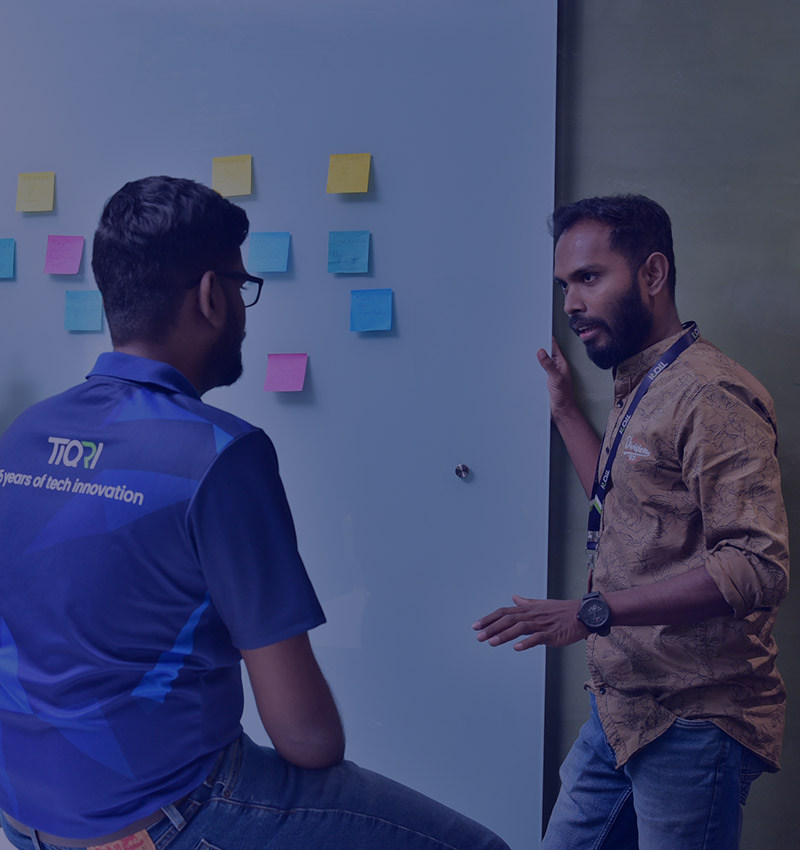Agentic AI and Augmented Engineering
Building on last year’s breakthroughs in Generative AI, 2025 will see Agentic AI and Augmented Engineering make groundbreaking advancements. A new generation of autonomous agents will be capable of completing entire business processes, as they achieve near-human cognition in many areas.
This collaboration will streamline software development lifecycles – AI agents will manage routine tasks like debugging, testing, and code optimization, empowering developers to prioritize time-to-market, reliability and overall end-user satisfaction.
This era will also call for a reimagined human-machine relationship, where AI becomes a strategic partner in solving complex challenges.
Edge Computing
Edge Computing transforms data processing by bringing computation closer to where it is generated. As businesses and homes increasingly rely on applications demanding real-time processing and decision-making at accelerated speeds, Edge Computing is crucial – think smart traffic lights, connected appliances at home and autonomous vehicles, where time-sensitive data plays a critical role.
Edge Computing is already supporting to tackle global challenges. In remote patient monitoring, wearables and home health monitors collect and process patient data at the edge. Similarly, edge devices can integrate renewable energy sources, such as solar and wind into the grid more efficiently, by analyzing real-time generation and consumption.
Hyper-automation
Over the last decade we’ve seen progress in Robotic Process Automation (RPA), and this will progress to hyper-automation in 2025. By integrating RPA, AI, machine learning, and IoT into cohesive ecosystems, we will automate not just repetitive tasks, but entire workflows, creating intelligent systems capable of self-optimization and decision-making.
Take travel and expenses – Hyper-automation will extract data from employees’ travel expense receipts, check compliance with the expense policies of the company, request approval, and complete payments.
Hyper-automation also uncovers actionable insights, making it an enabler of transformative growth.
Sustainable Technology
In 2025, technology must be designed to reduce environmental impact, and energy-efficient computing utilizing technologies like GPUs and neuromorphic computing will grow. Tech solutions will need to be developed with an integrated approach, considering energy efficiency, carbon reduction, and circular economy principles.
Growing consumer awareness and the visible impact of climate change means companies will leverage AI, IoT and other technologies for accelerated change – smart cities will benefit from real-time data for efficient urban planning, AI will drive greater precision in agriculture to optimize food production, whilst enhanced automation will streamline supply chains to save resources.
Forward-thinking organizations will integrate these practices to achieve both ecological balance and competitive advantage.
AI TRiSM
We circle back to AI, as all future technologies will incorporate AI in some form. In this light, Trust, Risk, and Security Management or AI TRiSM, is essential for ensuring AI systems are reliable and used responsibly.
As AI integrates into our daily lives and makes everything work smarter and more intuitively, this ‘touch of magic’ also necessitates a strong emphasis on security. AI TRiSM, by embedding trust, rigorous risk assessment, and privacy safeguards throughout the AI lifecycle, enables organizations to effectively foster trust, and comply with regulatory standards.




